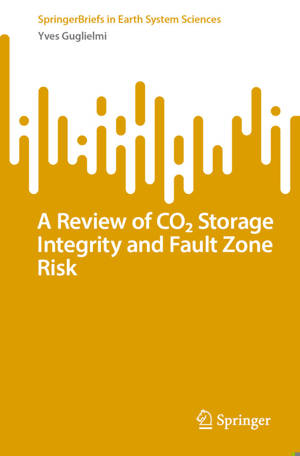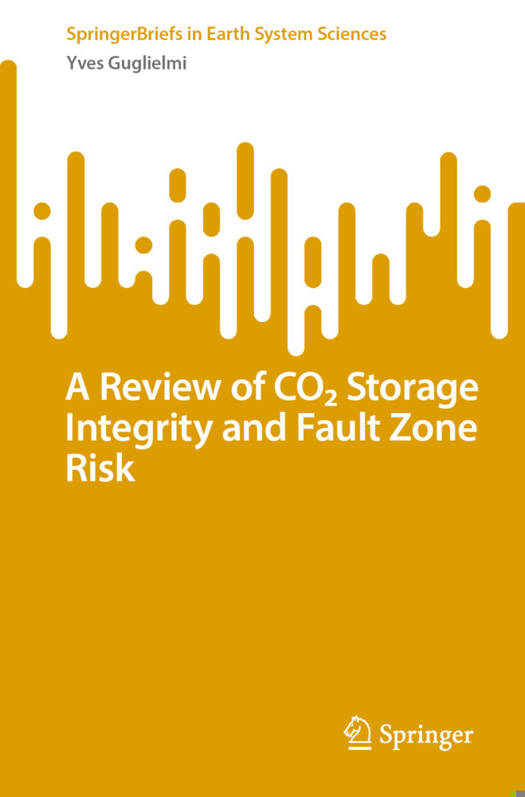
- Retrait gratuit dans votre magasin Club
- 7.000.000 titres dans notre catalogue
- Payer en toute sécurité
- Toujours un magasin près de chez vous
- Retrait gratuit dans votre magasin Club
- 7.000.000 titres dans notre catalogue
- Payer en toute sécurité
- Toujours un magasin près de chez vous
Description
This book compares how seismic fault activation can be described by frictional-based theories such as the rate and state theory or by a general dynamic plasticity approach such as the Cam-Clay theory. In this book, the leading edge of fault physics concepts that are best suited and applicable to assess the risk of leakage and induced seismicity associated with large-scale CO2 storage in sedimentary basins are explored. It compares the hydromechanical response of faults under deviatoric loading at laboratory, field experiment and basin scales. A review of some key parameters that drive the brittle-ductile behavior of faults affecting the reservoir-caprock system is presented. It is suggested that more general plastic criteria than the Coulomb failure should be used to better account for the ratio between the bulk plasticity and localized frictional strength of a fault zone. Based on new field data, it is shown that most of the fault permeability increase occurs at the onset of activation due to bulk dilation, whereas shearing has less impact on the permeability. This is different from laboratory observations where shearing often results in strong permeability reductions. This last part leads to some new concepts that have not been discussed to date, such as the possibility of slow fault movements eventually evolving to earthquakes at timescales of years to decades, thus relevant to the time life of CO2 storage permits.
Spécifications
Parties prenantes
- Auteur(s) :
- Editeur:
Contenu
- Nombre de pages :
- 60
- Langue:
- Anglais
- Collection :
Caractéristiques
- EAN:
- 9783031815287
- Format:
- Livre broché
- Dimensions :
- 155 mm x 235 mm







